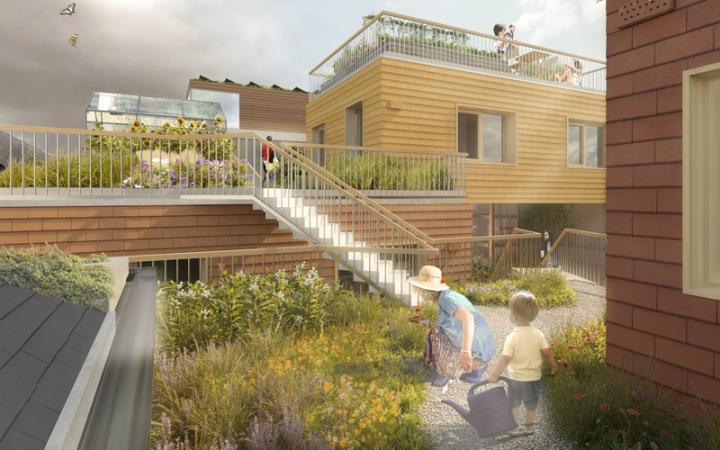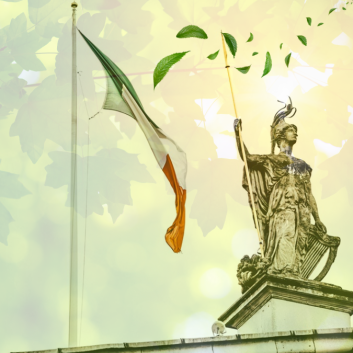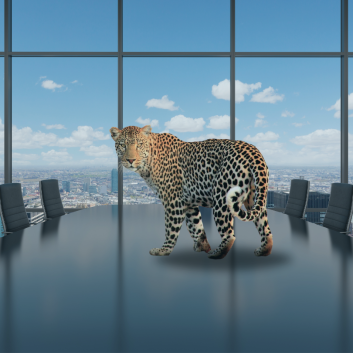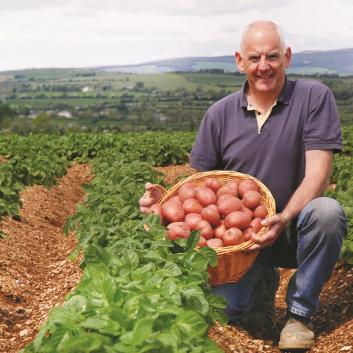Doughnut Economics – Envisioning how humanity can thrive in the 21st Century
Doughnut Economics proposes an economic mindset that is fit for our times. It is a way of thinking to bring about the distributive and regenerative dynamics this century calls for.
First published in an Oxfam report in 2012 authored by Kate Raworth, the concept of the Doughnut rapidly gained traction globally from the UN General Assembly, the Pope, and the Extinction Rebellion, among others.
The entry point of Doughnut Economics is to change the goal from endless GDP growth to thriving within planetary boundaries.
At the same time, see the big picture by recognising that the economy is embedded within and dependent upon society and the living world. It calls for turning today’s degenerative economies into regenerative systems and divisive economies into more distributive ones.
Finally, the concept reflects that growth may be a healthy phase of life, but nothing grows forever: things that succeed do so by growing until it is time to grow up and thrive instead.
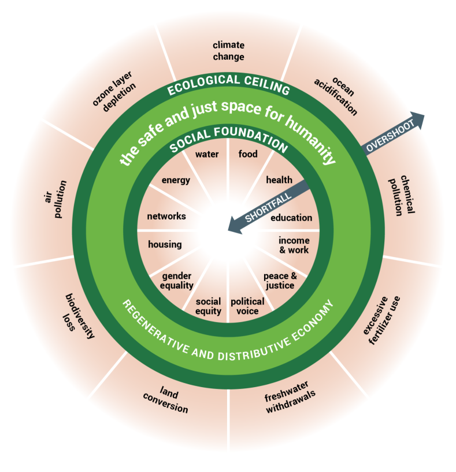
The Doughnut Economics Action Lab (DEAL), Co-founded by Kate Raworth, aims to help create regenerative and distributive economies by design so that they can meet the needs of all people within the means of the living planet.
DEAL works across three levels of transformational change: reframing economic narratives, influencing strategic policy, and innovating with the community. They offer a wide range of open-access tools which anyone can use to turn Doughnut Economics from a radical idea into transformative action.
Erinch Sahan leads DEAL’s work in bringing Doughnut Economics to the world of business and finance. He says:
“Ultimately, it is about designing businesses around the question – how many social and ecological benefits can I generate through this enterprise.”
The Doughnut model offers a vision of what it means for humanity to thrive in the 21st century within planetary boundaries in a socially just economy and proposes a mindset and ways to get us there.

Putting the ideas of Doughnut Economics into practice means following a number of principles: nurturing human nature, embracing the 21st century goal, seeing the big picture, being regenerative, thinking in systems, being distributed, being strategic in practice, and aiming to thrive rather than to grow.
DEAL designed the Cities & Regions tool, a guide for local and regional governments offering nine pathways to engage with Doughnut Economics.
Besides, the Doughnut Design for Businesses tool helps companies identify the design changes needed and guides them through assessing their current impacts.
The Doughnut model offers a vision of what it means for humanity to thrive in the 21st century within planetary boundaries in a socially just economy and proposes a mindset and ways to get us there.
Erinch says:
“The business world will need to embrace bold and ambitious solutions that are both regenerative and distributive.
To make this possible, a transformation in the deep design of business will be needed: its purpose and networks, how it is governed and owned and the nature of its relationship with finance.”
Naturally, there are challenges in adopting this visionary concept.
Two main obstacles include the reluctance to embrace the possibilities of designing businesses differently and engaging with the world of finance in a means that can enable this.
Central to the Doughnut Design for Business Core Tool is enterprise design. This is explored through five business design layers: a company’s purpose, networks, governance, ownership, and governance.
According to DEAL, the fundamental question about the existence of a business should change from “How much financial value can we extract from this enterprise?” to “How many benefits can we generate in the way we design this enterprise?”
Speaking on the essential steps to kickstart the journey as a business adopting Doughnut Economics, Erinch says: “Put the biggest ideas possible on the table and ask how your design holds back such ideas and how it can evolve to enable such ideas.”
An integral part of the Doughnut Design for Business Tool model is looking beyond obsessively growing profits.
Constant financial growth is drilled into the business agenda, so convincing business leaders to measure success in benefits and values instead of margins and profits to create regenerative and distributive models is more than challenging.
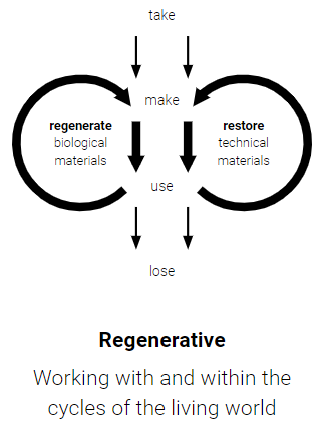
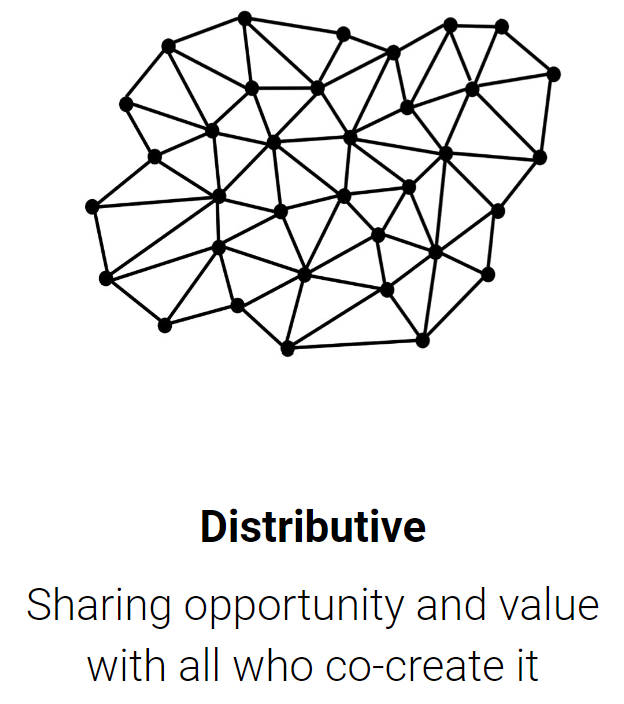
“It is about looking at the inevitable future economy we must create and embracing the transformation journey to belong to that journey. There will be no profits on the planet and in societies that we destroyed. So, let’s create a thriving society on a healthy planet and businesses that serve that purpose.”
There is also significant urgency for us to act on the climate crisis and meet sustainability goals.
“We do not have time to waste by pretending that the old structures and systems will be enough to help humanity into the Doughnut.
We need to embrace the transformations that are needed as quickly as possible. I think denying or avoiding the discomfort of that transformation is what we do not have enough time for,”
DEAL has built up a vibrant community of pioneering changemakers worldwide who demonstrate that this is doable.
Headline image: Elena Koycheva, unsplash
This article is an extract from content originally published in the Circular Economy in Action special edition of the Profit with Purpose Magazine - you can read the full article and other features in the magazine.




